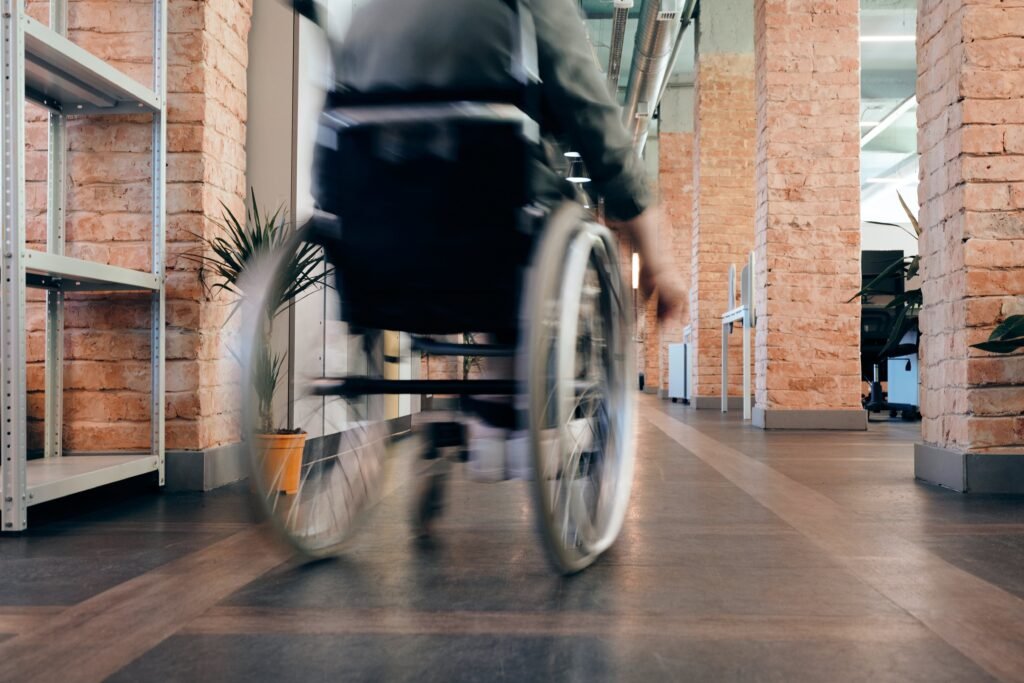Introduction
Artificial intelligence (AI) has emerged as a transformative technology with the potential to revolutionize various aspects of our lives. One area where AI holds immense promise is in assisting and empowering people with disabilities. By leveraging AI technologies, we can create innovative solutions that enhance accessibility, improve quality of life, and foster inclusivity for individuals with disabilities.
AI for Assistive Technologies
AI-powered assistive technologies have the ability to bridge the gap between disabilities and abilities, enabling individuals to perform tasks they might otherwise struggle with. For example, AI-powered speech recognition systems can enhance communication for people with speech impairments, allowing them to interact with devices and control their environment using voice commands.
Moreover, AI-driven computer vision algorithms can assist individuals with visual impairments by providing real-time object recognition and scene description. This empowers them to navigate their surroundings more independently and safely.
Enhancing Accessibility
Artificial intelligence has the potential to make digital content and platforms more accessible for people with disabilities. By leveraging AI technologies, we can automate the process of captioning videos, generating alt text for images, and providing audio descriptions for visually impaired users. These advancements ensure that individuals with disabilities can fully engage with online content and participate in the digital world.
Improving Healthcare and Rehabilitation
AI technologies are revolutionizing healthcare and rehabilitation for people with disabilities. Machine learning algorithms can analyze vast amounts of medical data to assist in the diagnosis and treatment of various conditions. For instance, AI-powered systems can help detect early signs of diseases such as Parkinson’s or Alzheimer’s, enabling timely intervention and improved patient outcomes.
Additionally, AI-driven robotic prosthetics and exoskeletons are transforming the field of rehabilitation. These intelligent devices use AI algorithms to adapt to the user’s movements and provide personalized assistance, enhancing mobility and independence for individuals with limb impairments.
Promoting Inclusive Education
Artificial intelligence has the potential to revolutionize education and make it more inclusive for students with disabilities. AI-powered tools can provide personalized learning experiences, adapting the curriculum to meet the unique needs of each student. These tools can also assist teachers in identifying areas where students may need additional support, enabling early intervention and tailored educational plans.
Furthermore, AI technologies can facilitate real-time transcription and captioning in classrooms, ensuring that students with hearing impairments can fully participate in lectures and discussions. This promotes equal access to education and empowers students with disabilities to thrive academically.
Conclusion
Artificial intelligence has the potential to revolutionize the lives of people with disabilities. By harnessing the power of AI, we can create innovative solutions that enhance accessibility, improve healthcare and rehabilitation, promote inclusive education, and empower individuals with disabilities to lead more independent and fulfilling lives. As we continue to advance AI technologies, it is crucial to prioritize inclusivity and ensure that these technologies are accessible to all.

